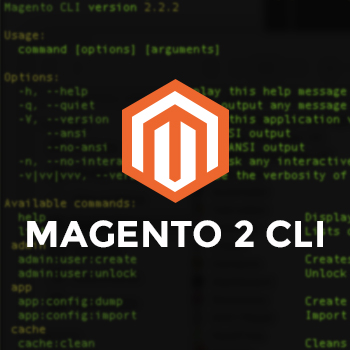Things move fast in the ecommerce industry so it’s important to follow a development process that ensures a constant prototype evaluation and a good collaboration between the team.
Scrum is a practice of agile methodology that enables the team to work as a cross-functional unit with self-organization and daily communication. It facilitates continuous adjustments in each stage to accomplish the best quality in the final product.
In MagmaLabs, we use Scrum techniques in all our ecommerce projects to manage our processes more effectively and have total control of their schedule and state. Follow these 5 easy steps of our Project Manager Juan Pablo Guzmán, to implement Scrum and improve your online store development process.
-
Define Scrum roles: Product Owner, Scrum Master, and Team
Product Owner:
This person creates a list of all the requirements that the ecommerce site needs. The product owner is responsible of communicating the development priorities to the team by always looking after the quality of the final delivery.
Scrum Master:
He or she works between the product owner and the team. The scrum master guides the team in a productive process to verify that the product prototype has the required features in each period. This person acts like a coach and facilitator who ensures that the team doesn’t have any obstacles to achieve their goals.
Team:
It’s integrated by 3-9 members and includes software engineers, QA experts, and UX/UI designers. This is a self organized group that determine tasks and responsibilities in each period to work actively in meeting their objectives.
-
Prioritize and estimate the product backlog
A product backlog is a list of the user stories or ecommerce features that the team determines to work in each development cycle. It prioritizes the requirements based on the importance to the project and the Product Owner. The team needs to consider the full purchase process to divide complex features into small user stories that make the ecommerce development easier and faster.
After the product backlog creation, the team estimates how much work will each feature take. Instead of estimating in hours, it can use the Fibonacci numbers (1,2,3,5,8,…) to equal in value the points and development hours.
-
Sprint Planning
Each development cycle is called sprint and it usually lasts from one to three weeks, depending on the complexity and velocity of the ecommerce project.
The team plans each sprint according to the prioritization of the product backlog, so it determines a number of user stories to develop in each period of time.
-
Daily Stand-Up
This is a daily brief meeting guided by the scrum master where the team shares the status of the work. The attendees typically participate while standing in order to have an agile communication. All of the members synchronize their advances by answering 3 questions: what did I did yesterday?, what will I do today?, and what blockers do I have to move forward?
The scrum master handles the blockers that appear and helps the team to keep the ecommerce development process in a continuous flow.
-
Sprint Demo / Evaluation
At the end of each sprint, there is a meeting where the Product Owner, Scrum Master and team discusses the goals that have been achieved. Everyone presents their work for the Product Owner to approve or reject the user stories that the team developed. The team will consider the features that need rework for the next sprint, if it determines their priority in the product backlog estimation.
Sometimes ecommerce development can seem to be chaotic, especially when there are a lot of features that you consider relevant for your online store. A Scrum Project Manager can help to build your ecommerce by prioritizing the requirements based on your needs and handling the development tasks. If you focus the product backlog on the purchase process, you can achieve a great user experience that increases conversion rates. When you implement Scrum in your ecommerce development you can ensure that the process will keep agile and your final product will be ready to launch in the market.











